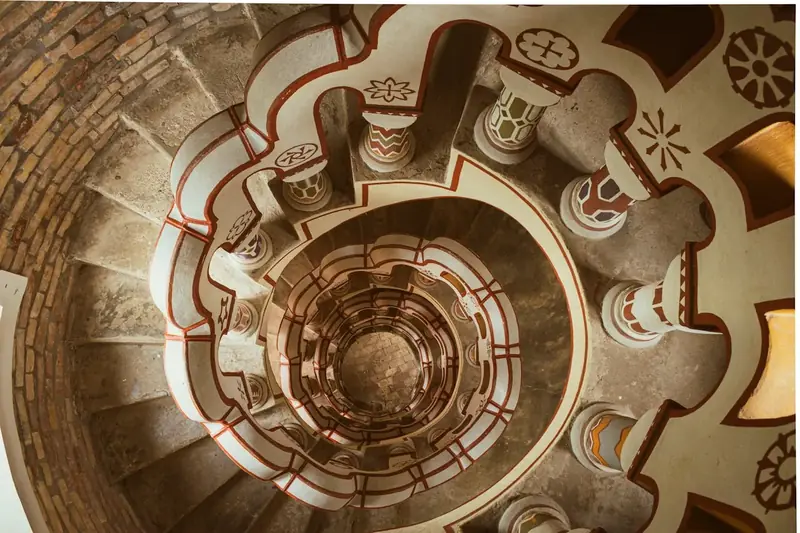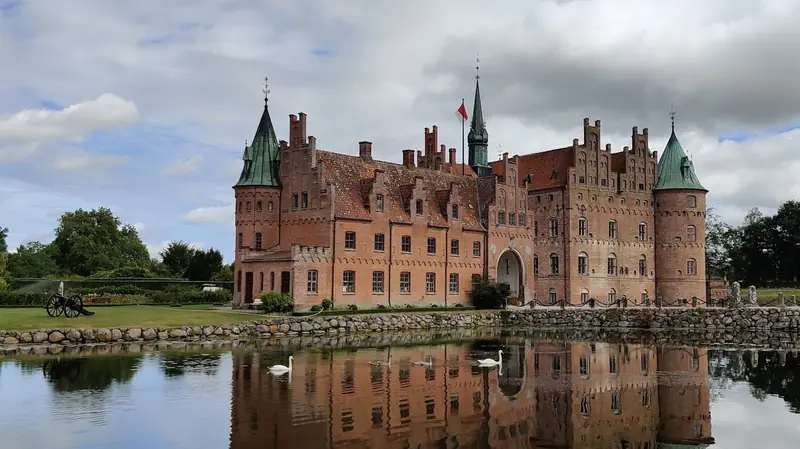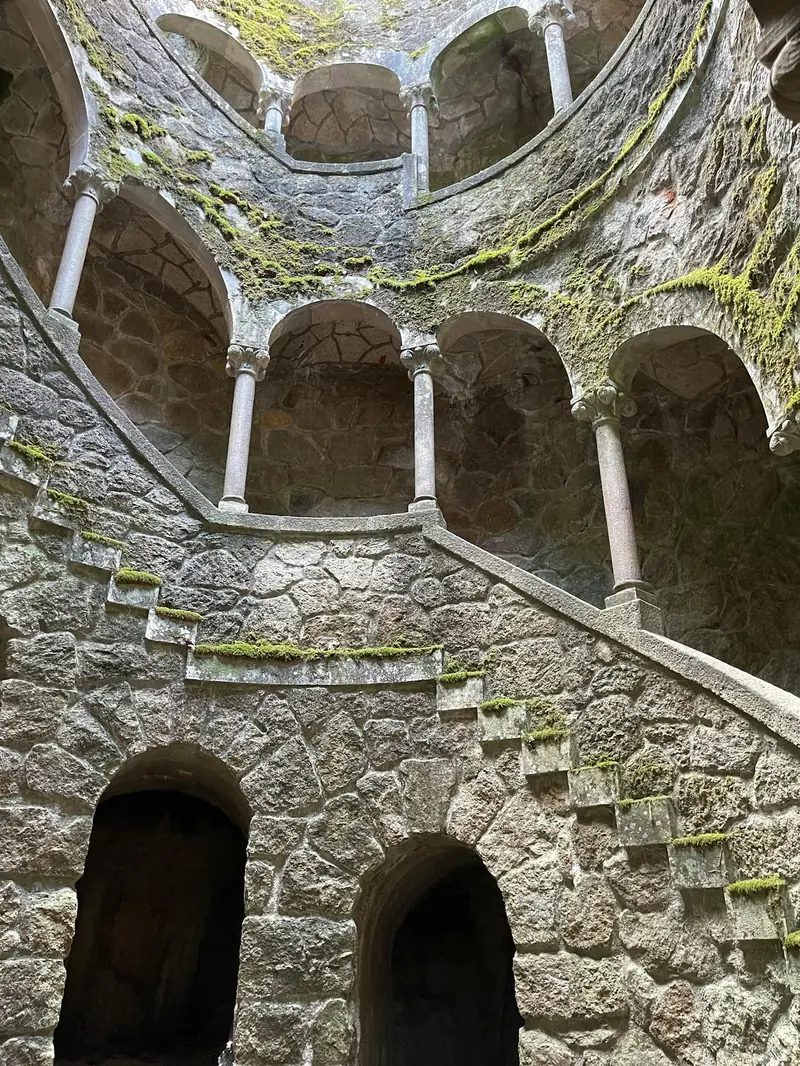
Medieval castles often feature spiral staircases that typically wind upward in a clockwise direction. According to a 2011 study, about 70 percent of castles in England and Wales have such designs.
Almost every tour guide leading excursions through historical buildings claims that these staircases are not just randomly twisted clockwise. This design allows the castle defender, positioned a few steps above an attacker, to wield a sword more effectively.
“History shows that all spiral staircases in castles turn clockwise so that right-handed defenders, striking from above, have an advantage over attackers who are hindered by the central column,” explained archaeologist James Wright.
However, he points out one significant issue: there seems to be “not a shred of truth” in this theory.
Debunking the Myth
In reality, there is no compelling evidence supporting this theory. As James Wright noted, chroniclers who documented castle sieges rarely mentioned “battles on the stairs.” At least, not nearly as often as filmmakers like to portray.
Even if a battle did reach the stage of “swinging at each other on the stairs,” it cannot be claimed that this was a decisive factor in determining the outcome.
It’s important to remember that the sword—the most iconic weapon of the medieval knight—was at least 110 centimeters long, including the hilt. This is significantly longer than, for example, the 70-centimeter stairs in the Great Tower of Goodrich Castle. Swinging such a sword would be uncomfortable, regardless of the direction, according to IFLScience.
“Such an incredibly tight space would not allow for the effective use of such a weapon,” Wright said. Moreover, a swordsman positioned above would be vulnerable due to exposed legs and lower body, as well as balance issues caused by the downward slope.

Yet This Theory Persists
The Victorian era deserves credit for this theory, as it spawned numerous myths about medieval life.
According to the archaeologist, the originator of the clockwise staircase theory can be traced back to an English art historian named Sir Theodore Andrea Cook. He first included this story in his 1902 essay dedicated to spiral staircases.
This was not an engineering treatise on the tactical advantages of different staircase designs, but rather an art historical text discussing the aesthetics of spiral structures. In it, the author claimed that counterclockwise staircases were likely more common and convenient.
James Wright added that after this essay, Cook gained followers: “Writer Guy Cadogan Rothery repeated the swordsman theory and referenced Cook in his bibliography. Then, it was included in popular books about castles by author Sidney Toy, and by the mid-20th century, it became widely accepted knowledge.”

Time to Dispel the Myths
So, what can explain the prevalence of spiral staircases winding clockwise in medieval castles? It likely has a practical basis. Archaeologist Wright suggested, “The direction of the turn may be related to the convenience of transporting goods, spatial considerations for access, or perhaps even one-way access systems.”
Ultimately, staircases in the Middle Ages were primarily what they are today: a means of getting from one floor to another. The reason so many of them spiral clockwise may simply be a matter of taste or fashion. It’s worth noting that counterclockwise staircases fell out of favor in the 11th and 12th centuries before regaining popularity in the latter half of the 13th century.
So, why do medieval staircases typically wind clockwise? Probably for the reasons mentioned above, as well as considerations of design and spatial arrangement. But not for defense against attackers.
Of course, it may be hard to believe this. “The swordsman theory is incredibly popular. I have no doubt that the myth will continue to be retold,” Wright believes.
